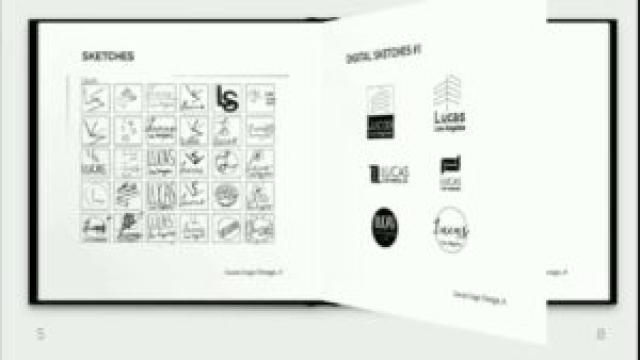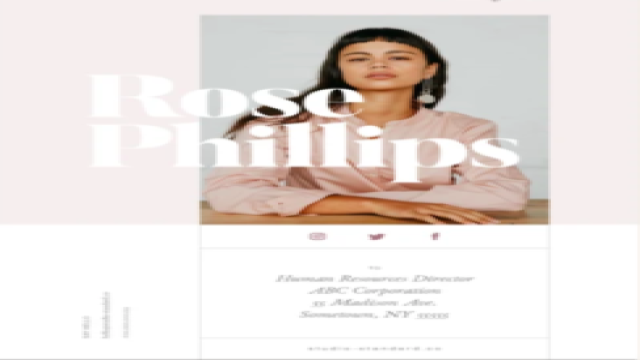Crafting a process book is a crucial step for any graphic designer looking to tackle design projects strategically. Moreover, it serves as a valuable record of your design process.
Graphic designers need to establish a methodology or approach to solve complex design challenges effectively. A process book is a tool that helps facilitate this process by applying your unique design strategy to a specific issue or creative challenge.
In this article, we will explore the essential sections of a process book, highlighting the key information and visuals that should be included in each part. By following these steps, designers can create a comprehensive graphic design process book that showcases their talent and expertise.
What is a Process Book?
A process book is a document that tells the story of a design project from start to finish. A compelling process book includes background information about the project and establishes the designer’s understanding of the client’s requirements.
Additionally, a process book can be used to effectively communicate the design process to clients. It should include any relevant research, sources of inspiration, sketches, wireframes, and final designs. Everything included in the process book should narrate how you approached the design challenge and brought it to fruition.
How to Create a Process Book for Graphic Design
Demonstrate Knowledge of the Project Need
Early in your documentation, make sure to include the project’s requirements, details, and objectives. This will assure clients that you thoroughly understand the project and are dedicated to reflecting their vision in your work.
This section should encompass project requirements, a brief description of the client, and an overview of the project’s goals. For example, if your client aims to target Baby Boomers with their designs, document this in the process book. Brainstorm and note down the emotions or thoughts the client wants to evoke through their designs. Any information gathered during the discovery phase should be included in this section.
Although it may seem redundant to reiterate the project requirements to the client, it demonstrates your understanding of their needs. This step ensures a clear scope for the project, minimizing the risk of miscommunication.
Effective communication is crucial for successful partnerships. By clearly outlining project needs in your process book, you reassure clients that you’re on the same page.
Lastly, showcasing the requirements within the book serves as a starting point for telling the story of the project. After the project is complete, you can reflect back and confirm that you met the initial needs. Prospective clients can also visualize the development of the project from start to finish.
Highlight Sources of Inspiration
Once the discovery phase is complete, it’s time to delve into research and find effective solutions for the design challenge at hand.
This section should showcase your research on how your team can address the project goals successfully. It may include competitor analysis, market research, or any additional information gathered from client interviews.
Alongside key research points, include sources of inspiration that guide your design process. Your client may provide websites, logos, or graphics that represent the style or essence they desire. Incorporate their recommended inspiration into this section.
Break down the features that evoke the desired feelings or reactions your client wants to achieve. Brainstorm how you can leverage similar strategies in your graphic design work.
In the absence of visual sources of inspiration from the client, it’s your responsibility to generate visual inspiration based on requirements, briefings, and style descriptions. You can turn to photos, catalogs, or your past work to create this inspiration.
This section is also an opportunity to include sketches, blurbs, and unfinished ideas that influenced your final designs.

Source: Alejandra P. HernandezRemember, this section doesn’t require polished or complete ideas. It’s about sharing the concepts that propelled you forward in your design process.
Showcase Completed Designs & Creative Strategies
After presenting unedited concepts and ideas in the inspiration section, move on to showcasing the final design solutions you developed throughout the project.
These finalized designs should look polished and complete, unlike the sketches shared before. Consistency in typography should be evident, and designs should be clean. Consider including each design option provided to the client in this section.
Additionally, concisely present the main idea or solution you propose for your client. At this point, you shouldn’t have to explain your designs extensively. However, it’s crucial to reinforce your creative strategy in this section.
Clients should understand the rationale behind your design decisions and connect them to the initial business problem they wanted to solve.
Include Contact Information
While it may seem obvious, always include your graphic design contact information in your process book.
You can choose how and where to include your information, but make sure it’s prominent and easy to find for current and future clients. Place it either at the beginning or end of the process book.
Your contact section should include your name, website, social media handles, and any other professional communication channels you prefer.
The design of this section doesn’t have to be elaborate. Opt for a clean and straightforward layout to make it easy for clients to reach out to you. Including your contact information demonstrates your openness to discuss your graphic design work.
In fact, including contact information can transform your documentation-focused process book into a promotional brand portfolio that attracts new design clients.
Elevate Your Design Skills with Process Books
A process book is an essential tool for effectively communicating and promoting your design capabilities.
Designers must include project requirements, showcase inspiration and ideation, present final designs, and provide contact information to cater to the needs of current and prospective graphic design clients.
By following these guidelines, you can create a compelling process book that highlights your expertise and demonstrates your approach to design challenges. Start crafting your process book and let your design skills shine!
To learn more about enhancing your graphic design projects, visit Ratingperson.


